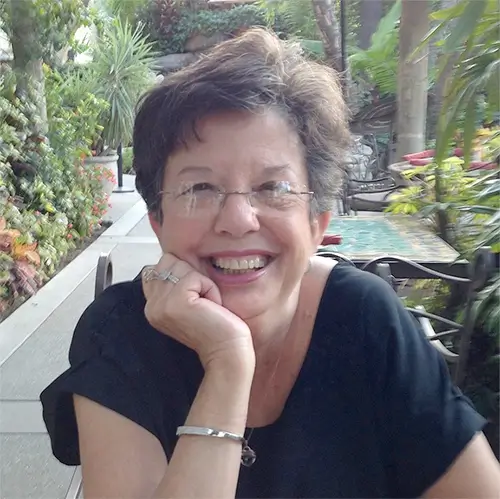California-based photographer
Meg McKenzie Ryan has followed an unconventional and deeply personal path into the world of photography. From chance beginnings in Hong Kong to a life shaped by travel, education, and immersion in vastly different cultures, her work reflects a deep curiosity about the world—and the people who inhabit it.
Her solo project,
The Lives of Others, awarded the March 2024
Solo Exhibition, is rooted in a documentary approach that feels both intimate and unflinching.
We asked her a few questions about her life and work.
All About Photo: Where did your journey as an artist begin?
Meg McKenzie Ryan: My journey as an artist began in Hong Kong 55 years ago. That’s where I bought my first 35mm camera. Since I didn’t know how to use it, I enrolled in a beginning photography class in the adult education department at UCLA. I was hooked and enrolled in credit classes at California State University Northridge and graduated with a BA in Fine Arts photography. Later, I earned an MFA in Fine Arts photographer from Indiana University, Bloomington.
Were there any photographers, artists, or experiences early on that significantly influenced your work?
When I started my education in photography, artists were still trying to establish photography as an art, including my professor, Jerry McMillan. He was quite supportive of my work, and I was encouraged to keep at it. Artists such as André Kertész, Edward Weston, David Hockney, and Elliott Erwitt have influenced my work (and so many more). I particularly enjoy Danny Lyons’ portraits of gang members and bikers. And Moholy-Nagy’s wide array of photos, including abstract photos and photograms, is also important to me.
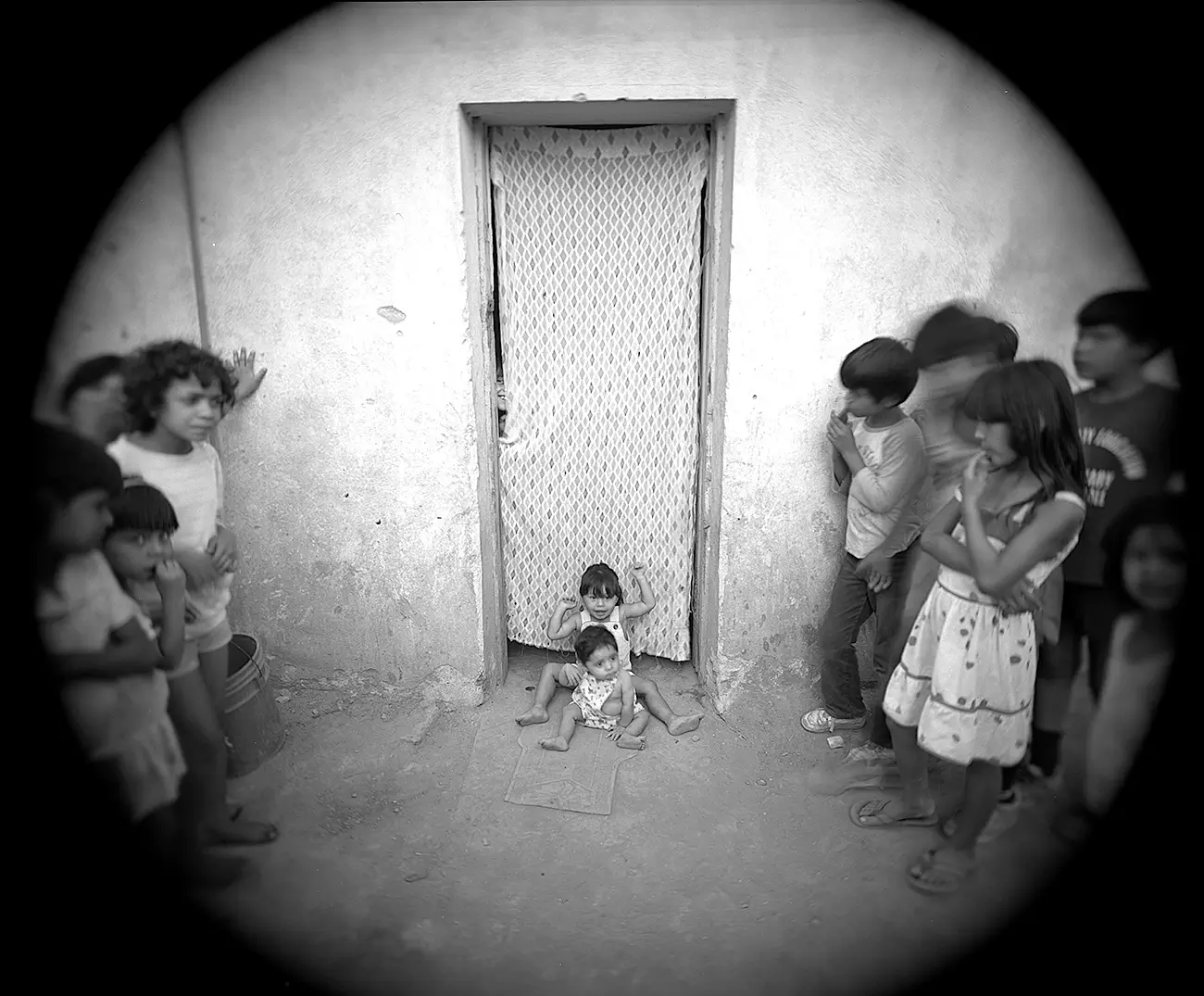
Babies Chosen © Meg McKenzie Ryan
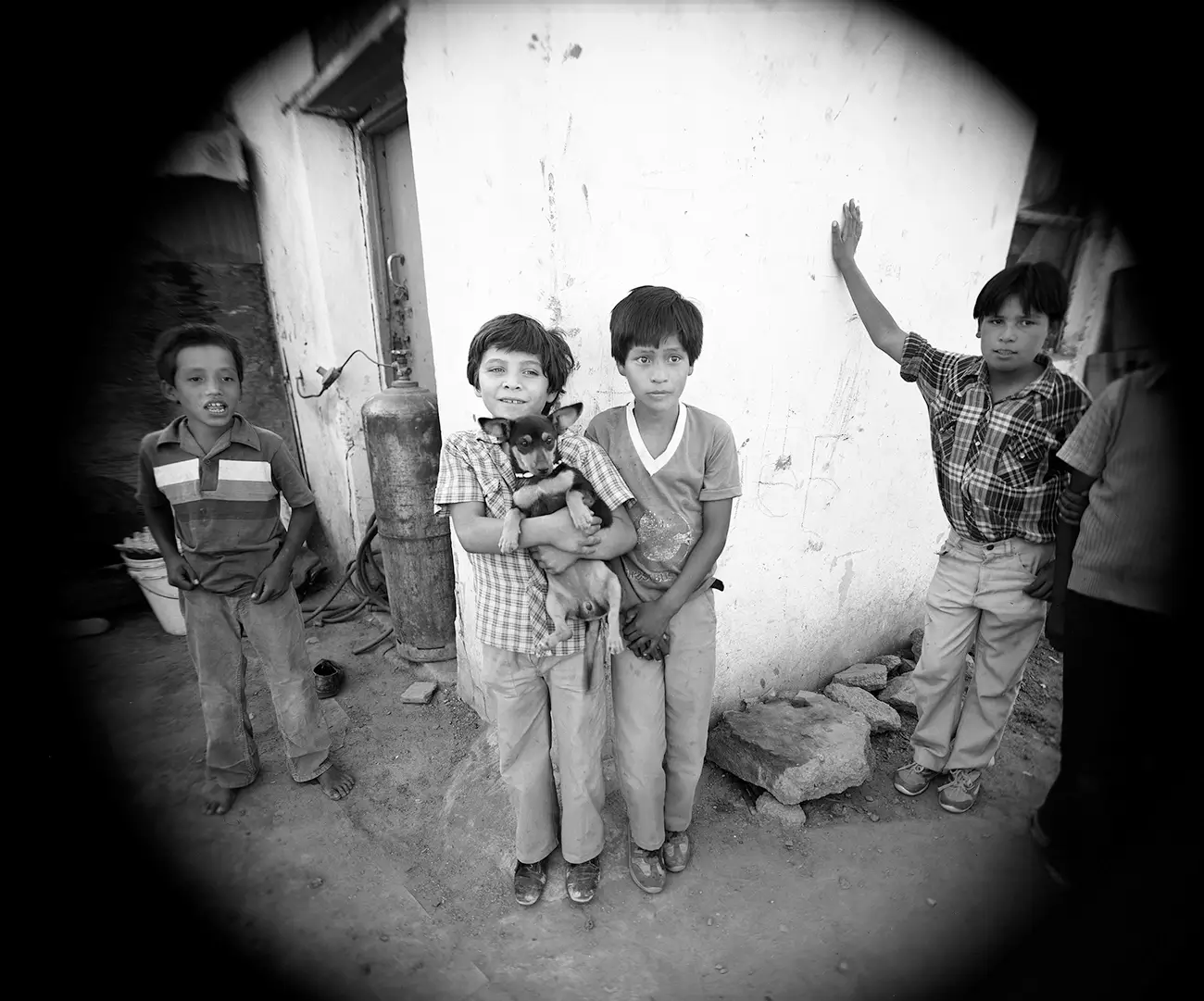
A Boy And His Dog © Meg McKenzie Ryan
I was surprised at the resilience that was shown in my subjects when I was shooting in neighborhoods. I saw friendly kind people living in earthquake damaged homes in the high heat of the lower desert: smiling faces, curious people, mothers chatting, mothers supervising the shoot protecting their children. Even the hip shots downtown, I saw many fathers toting babies and toddlers like it was a daily thing. And I learned these people were not that much different from me.
Despite having limited Spanish, you managed to build trust quickly. How did you navigate communication barriers during your shoots?
I was a photographer for a daily newspaper for about 10 years (simultaneously with shooting these photos), and that gave me the experience to know how to get along with my subjects. My Spanish was very limited, and unknowingly, I called myself a “photograph” instead of a “photographer.” I got chuckles (which surprised me before someone set me straight). Also, I didn’t try to control who I shot, which is why many of my photos are of children. And lastly, when I would ask if I could shoot a picture, I always got my 8x10” field camera out of the car, opened it and pulled out the bellows. They never turned me down.
The presence of mothers and children at the edges of your photos seems intentional. Can you share more about what these peripheral details represent for you?
The edges of the large format work are very important to me. This is where I learned about the people in the community. Mothers chatting through a screen door, children watching the shoot with interest, and so on.
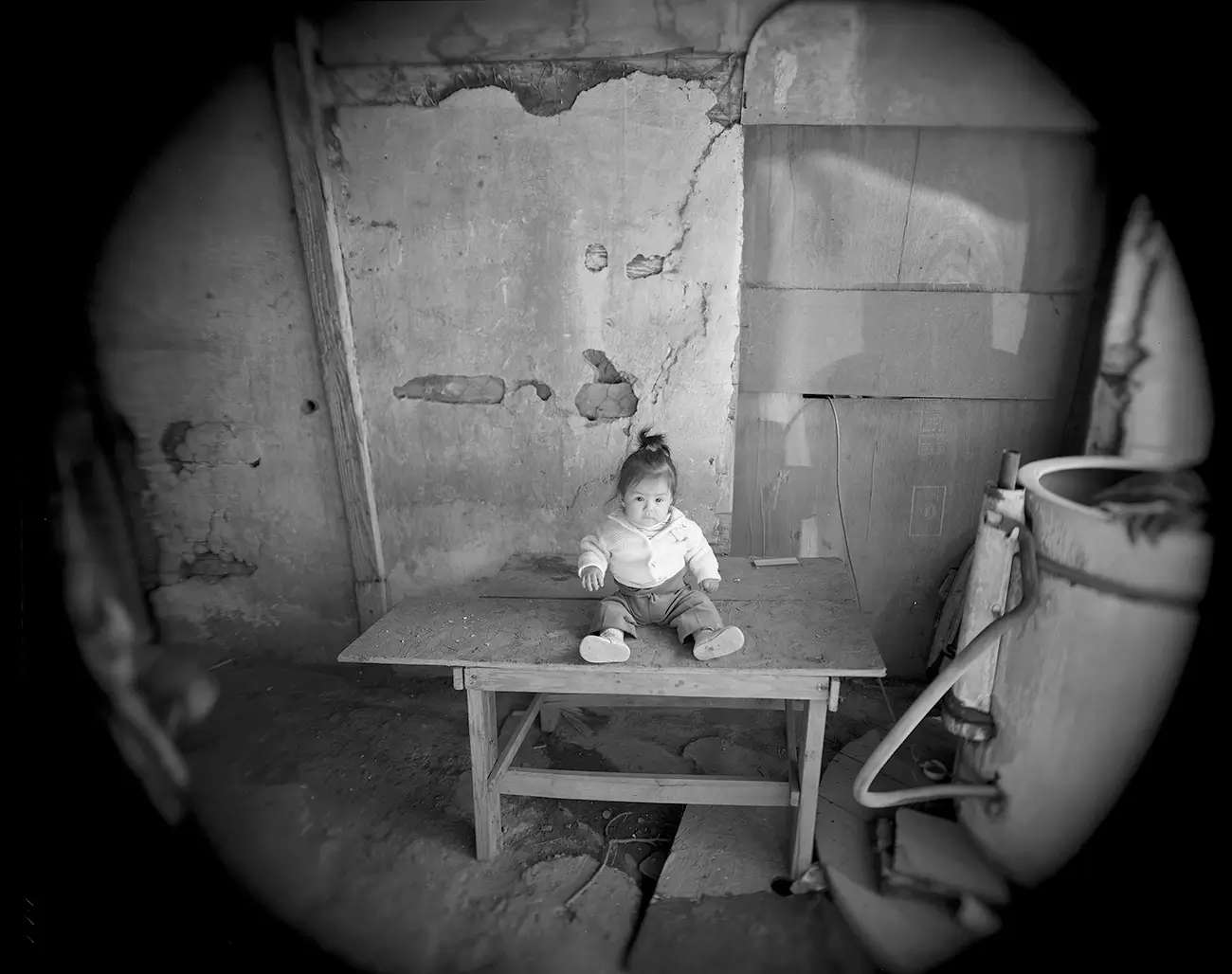
Baby on Table © Meg McKenzie Ryan
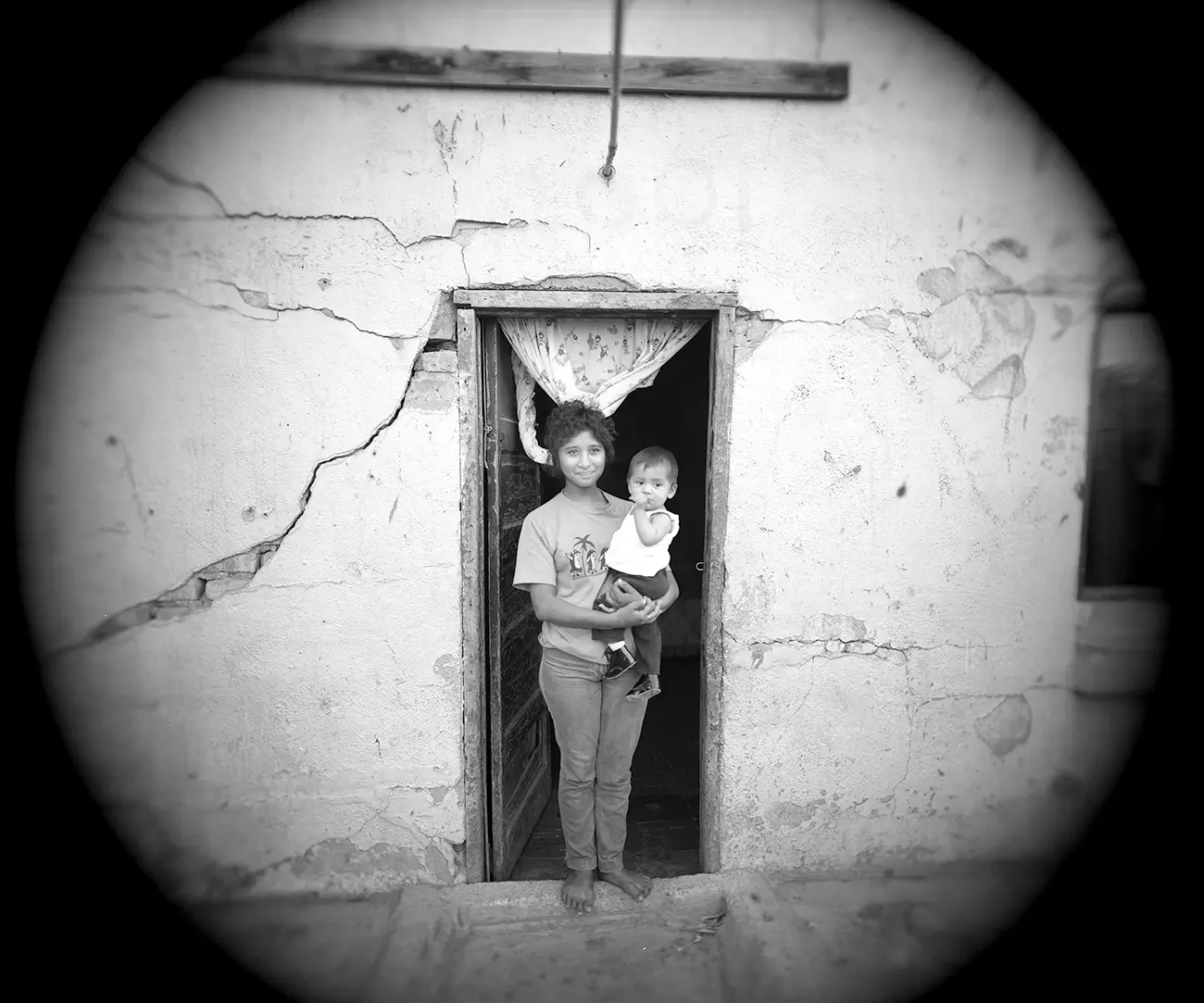
Young Mother And Baby © Meg McKenzie Ryan
My purpose for shooting neighborhoods in Mexicali was to show viewers of my photos what poor Mexicans endure. I was sympathetic to their difficult lives. When one mother said she thought I was shooting photos of children to sell the children to prospective adoptive parents in the U.S., I was devastated and stopped all my large format work there. However, I was still interested in shooting Mexicali, so that’s when I started doing hip shots downtown.
What equipment do you use?
Why did you choose to use a 4 x 5 lens on an 8 x 10 camera, creating round images with wide angles?
My newspaper experience taught me about the relationship between photographers and subjects. A good photo requires a listen-and-learn attitude: that means smiling and working with people in a friendly manner. Rather than shooting subjects and their homes from across the street, being close will provide the intimacy needed. With a 4x5” lens on my 8x10” camera, I could accomplish the friendly interaction as well as the living circumstances (weather and earthquakes) to achieve the photo I wanted.
How did the unconventional round format influence the way you approached composition?
The round format isn’t an easy composition, so I tried to use doorways or windows to frame the photos.
Do you spend a lot of time editing your work?
I spend very little time editing my photos. Dust removal, brightness, and contrast is about all I do. The main thing is always, “Is it a good photo?” “Does the photo support my goal of showing viewers the living circumstances and personalities of my subjects?”
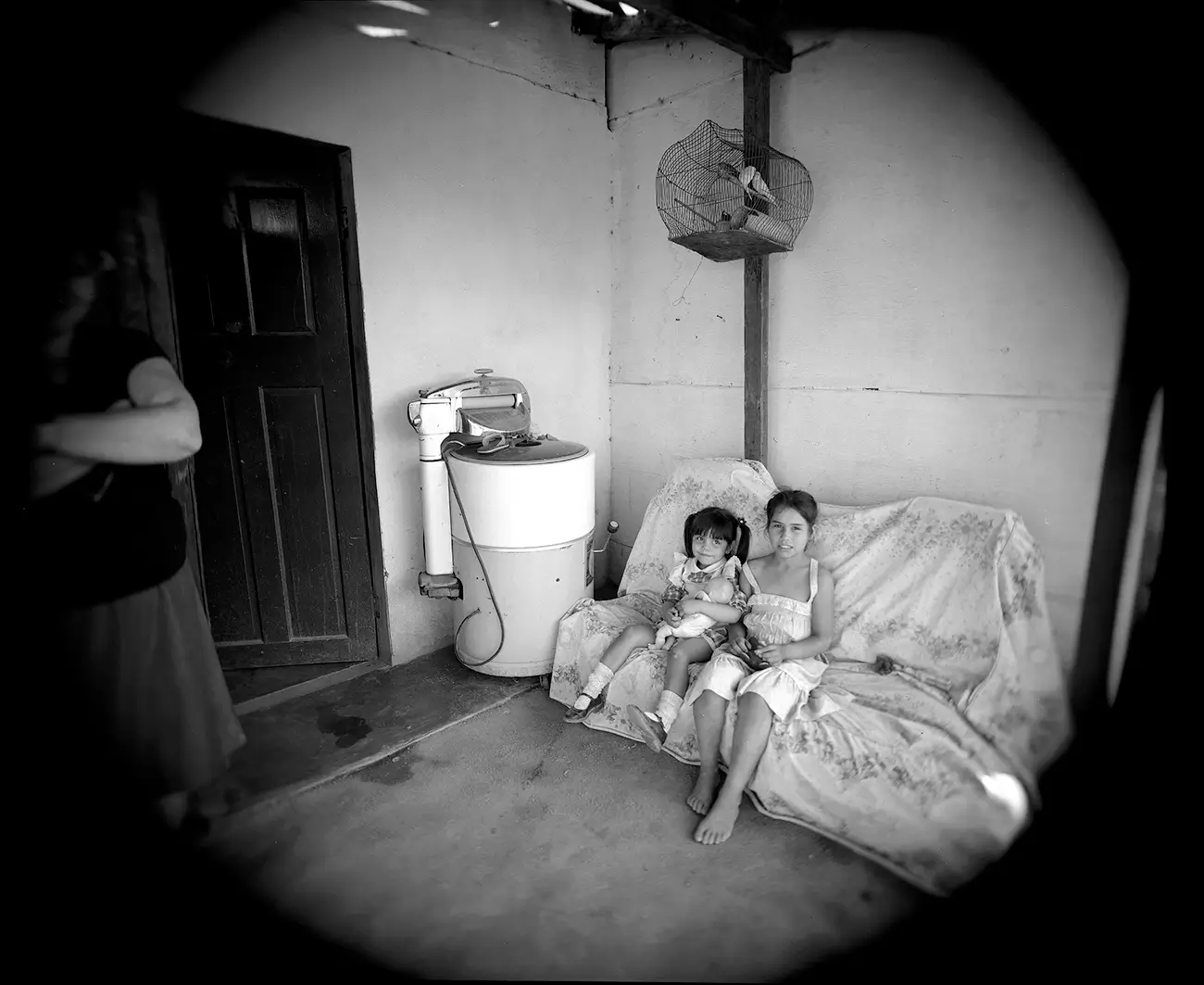
Children On Sofa © Meg McKenzie Ryan
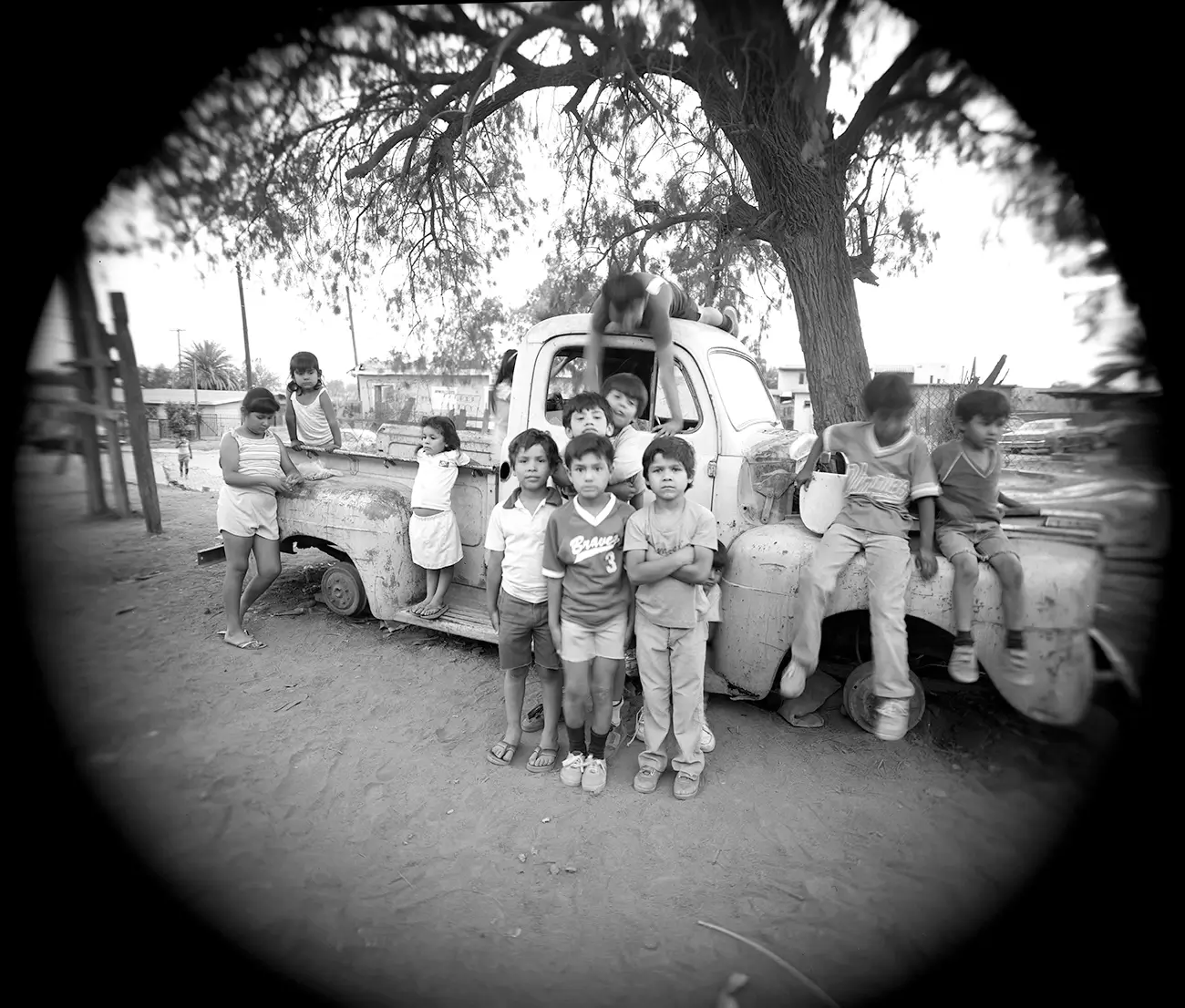
Boys Pose Beside Truck © Meg McKenzie Ryan
1. Find a photographer whose work gets your heart pumping. Then find more. Let them influence you.
2. When possible, buy a 35mm SLR and use it instead of a cell phone. Then you are able to use the attributes that define a photo instead of a painting such as depth of field (focus) and shutter speed. Cell phones are good for quick reminders of people and places and that’s about it.
3. Study light because photography is about light. Sunsets are beautiful, but they are many people’s earliest observations of light. Instead, watch how light falls across someone’s face. Change the lighting situation if the resulting photo might be too harsh, or boring (light wise).
What are your upcoming projects?
I would like to continue the hip shots in Mexicali, but I no longer live 20 minutes away from the Mexican border. Some financial support would be quite helpful. Also, I’m considering doing hip shots around my new home downtown Escondido, California.
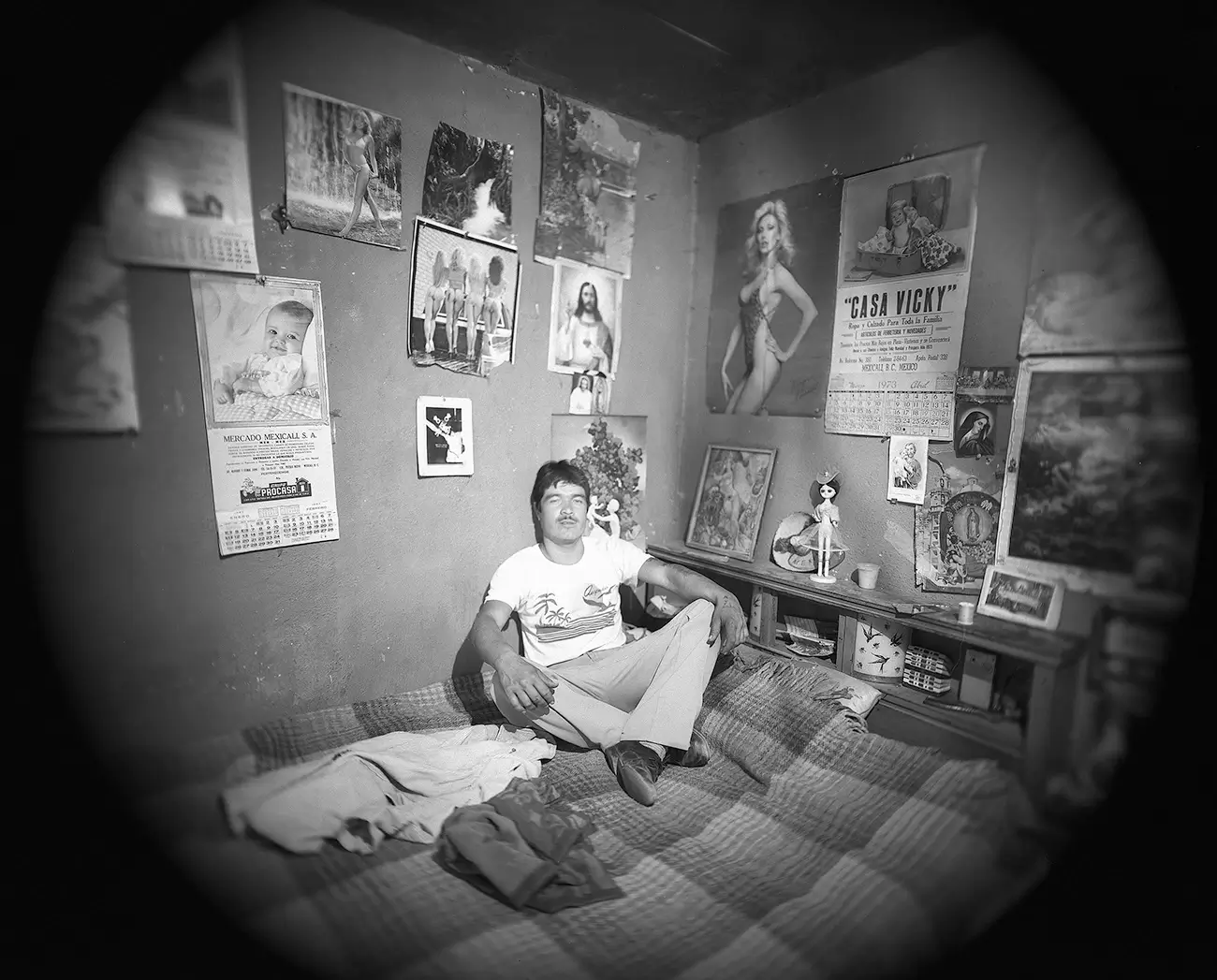
Young Man On Bed © Meg McKenzie Ryan
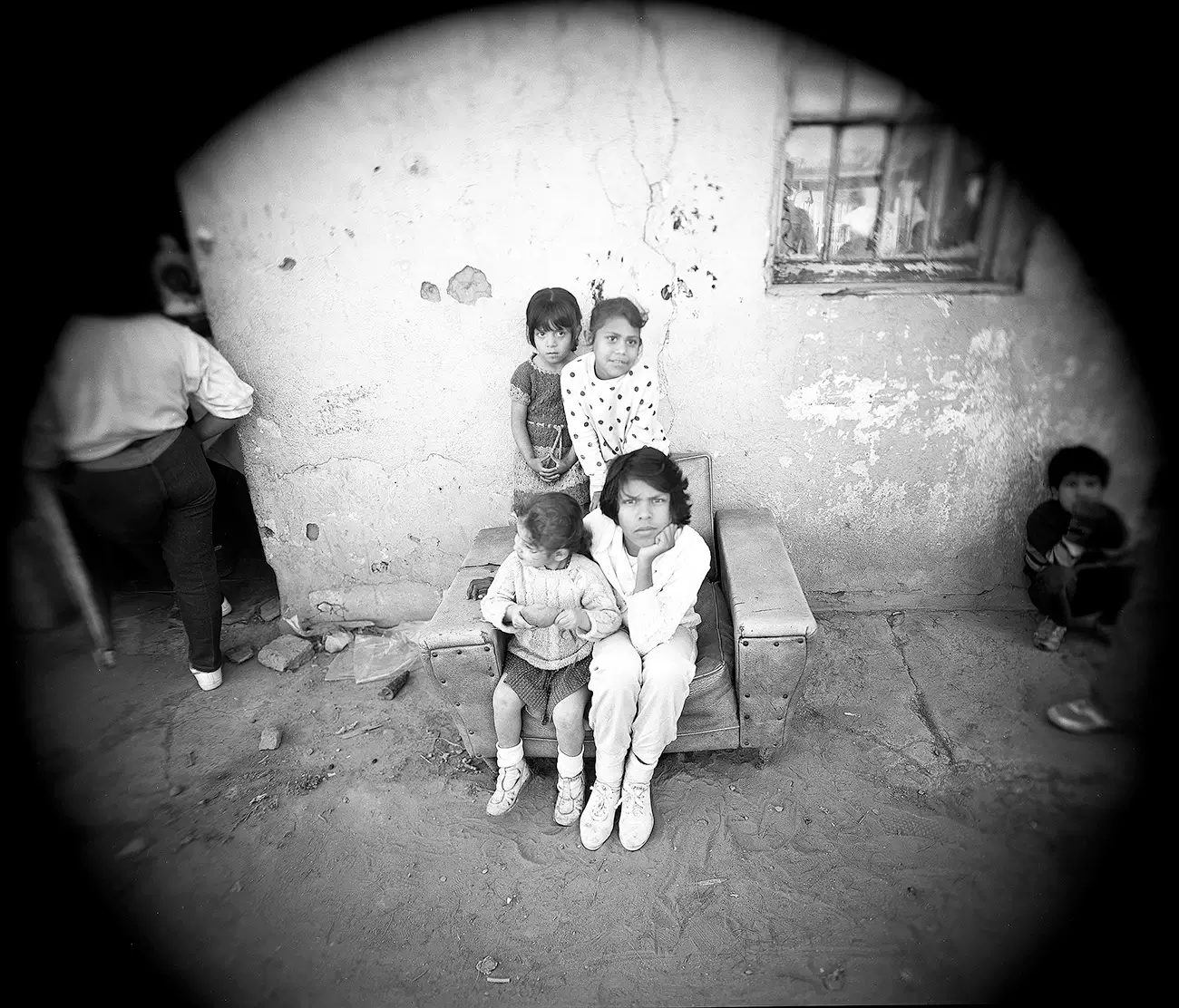
Curious Girl © Meg McKenzie Ryan
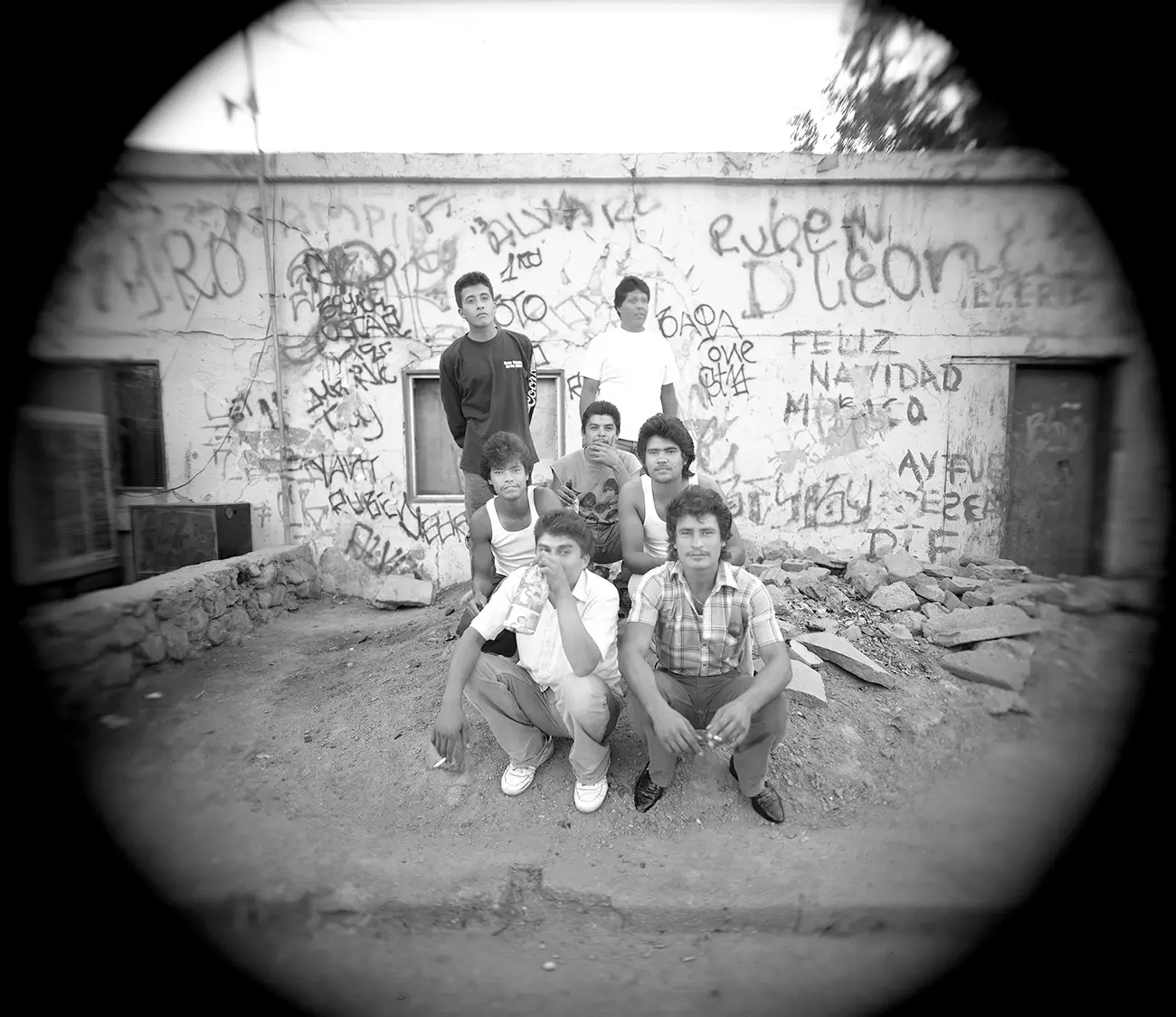
Men And Graffitti © Meg McKenzie Ryan
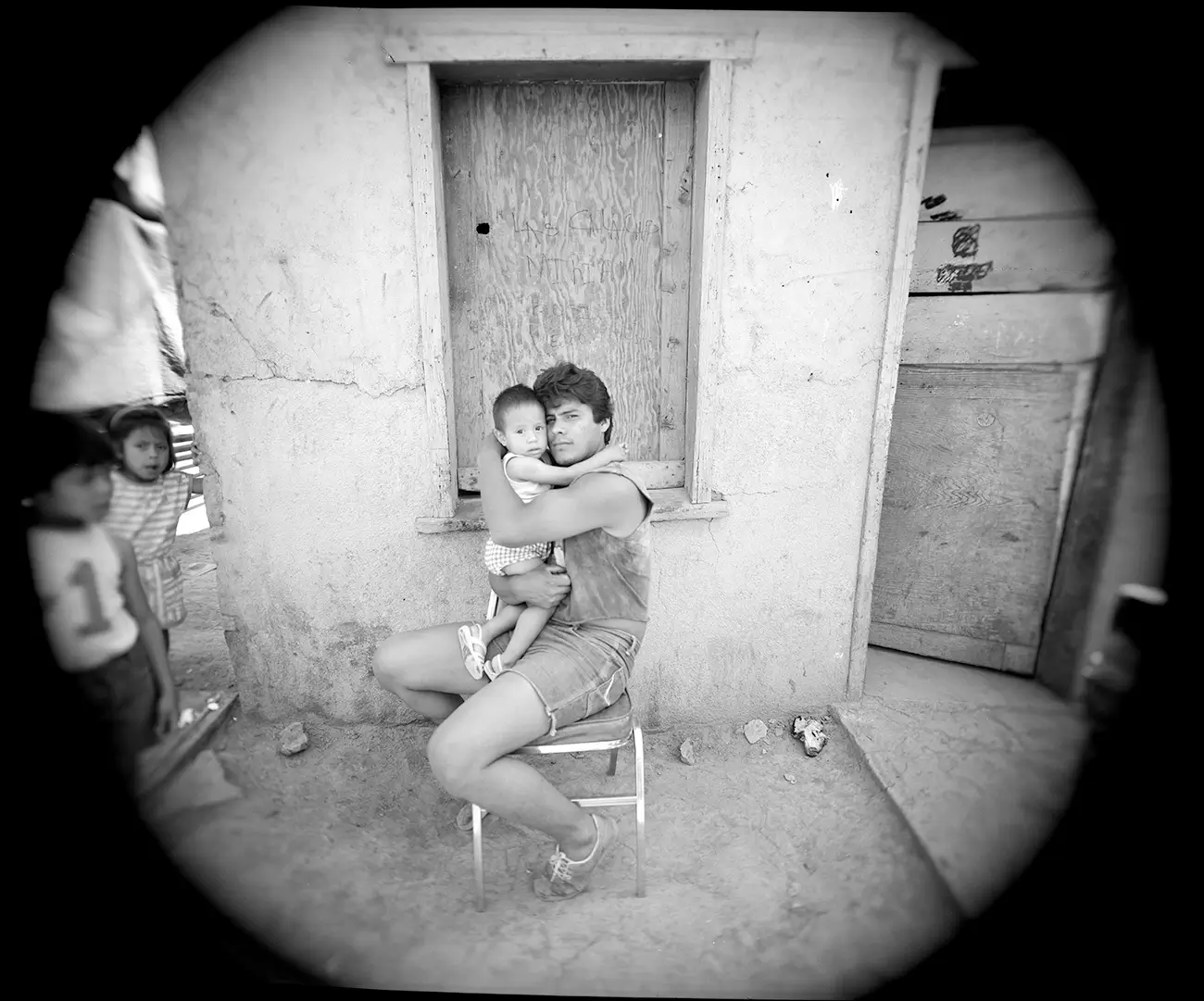
Young Father And Son © Meg McKenzie Ryan
